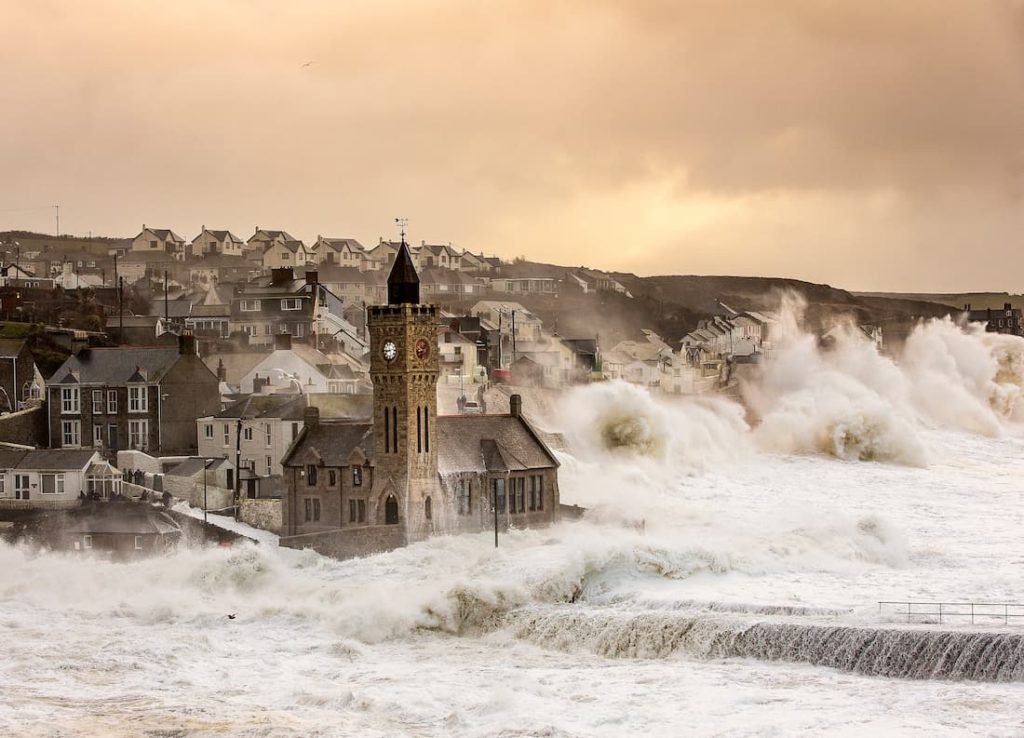
© 2020 Nomadict. All rights reserved.
When I was 14 years old, I found my father’s old analog SLR camera in the attic. I was allowed to keep it and bought a battery and photo film with my pocket money. The first pictures I took were macros of paving stones and leaves. I remember being incredibly fascinated by the small structures of things that cannot be seen at first glance, but only when you look very closely. In this way, you discover a cosmos of colors and shapes. With the camera, you can capture and enlarge this cosmos. So I spent all my money only on developing photographic film. Unfortunately, I could not afford my own photo lab or darkroom.
After leaving school, I wanted to study photography at art college. It is incredibly expensive to prepare an application portfolio with glossy photos and you are only accepted if you are rich enough to pay for the whole application process. I couldn’t afford that, so I chose to study humanities subjects. Actually, I’m glad I did, because I never had to pursue photography out of the pressure of having to earn a living with it.
Fortunately, photography is currently also part of my professional life. I do public relations for Anthroposophic Medicine, so for many different medical colleagues in the field of integrative medicine. I look after the social media channels, photograph events, and shoot images for websites. The people working in the health sector have been doing incredibly overwhelming work since the outbreak of the Corona pandemic. I am very happy to be able to support these people in my own way. Anthroposophic Medicine is committed to covid patients in a special way. In anthroposophic hospitals in Switzerland and Germany, patients are not only vaccinated or given intensive medical care, integrative methods are also used, such as chest compresses and wraps, which have been proven to help drain the lungs, thus numerous patients have already been saved from death. I am very happy to be able to participate here, with or without a camera.
Partly because of the above, I photograph many different genres. Nevertheless, the majority are still landscapes and animals. For me, landscape photography has something to do with mindfulness. I am alone in nature and concentrate on my senses, what I perceive, how something smells, how it feels…
Partly because of the above, I photograph many different genres. Nevertheless, the majority are still landscapes and animals. For me, landscape photography has something to do with mindfulness. I am alone in nature and concentrate on my senses, what I perceive, how something smells, how it feels… When I take photographs in a natural environment, I become completely calm, my mind goes blank – I am just perceiving and feeling. I love that.
I particularly like photographing animals because, in a strange way, I somehow become one with them. With the telephoto lens, you get very close to them, you see every twitch, every little movement, and the expression in their eyes. Sometimes I find it almost a bit scary because the animals look at you with an intense gaze. It’s a real encounter when we look at each other.
When doing wildlife photography, it is of utmost important to never disturb wildlife in their natural habitat. Be a quiet guest and behave considerately. Unfortunately, there are many wildlife photographers who feed wildlife, for example, to keep them still in front of the lens. This is appalling and should be banned. I myself just sit in the woods or by the field and wait. Animals pass you anyway, birds, deer, wild boar. If you pick a good time of day, just before dawn for example, and have a lot of patience, you will be able to take beautiful pictures. I always use a light tripod, otherwise my camera with the telephoto lens gets too heavy, now and then I hide under a camouflage cloak. But I also like to photograph farm animals, sheep, cows, goats…
When you take a photo, you capture something that actually disappears in the flow of time. Whether it’s a landscape shot or a portrait of an animal or a person, it doesn’t matter – it is one moment. A specific cloud formation, a facial expression… will never come back in the same way. The camera captures the transience. At the same time, of course, a photo can never actually reproduce this one moment, because a photo itself is already something new. That’s why, for me, photos are not images of reality, photos have a life of their own, photos are expression: expression of me, of the technique I use, of the world around me.
Whether in nature or in human societies. Most of us have also experienced bad things, the loss of a loved one, illness, injustice. So have I. Due to strokes of fate, I developed a severe panic disorder. One day out of nowhere I had my first panic attack, I hyperventilated and thought I was going to suffocate. Before that I was having a hard time, someone very close to me died, a long term relationship fell apart. These traumas were literally now erupting from my body. It was a horrific experience. The panic paralyzed me physically as well as mentally. That’s why I know how it feels when nothing works anymore. The most important thing was that I immediately got professional help and went to therapy several times a week for a long time. Many dear people supported me. Nowadays there are still certain prejudices against mental illnesses and also addictive disorders. Often you are given the feeling that you are to blame for the situation yourself or that you just need to relax more and so on. This is pure poison for people with these illnesses.
In a way, my panic disorder has changed me for the good: I can decide more freely what is good for me and what is not. I also understand other people more quickly if they are feeling bad, I have become more empathetic, though sometimes also more solitary. Illness is always also development. My perception and wishes have evolved and I have also become much freer in my thinking and therefore also in my photography. (Photo)Art for me is above all an exchange with people; we can share something we enjoy. Photography connects across national and cultural borders. I find that beautiful and that is the most important thing for me.
I took my first trip alone when I was 17, to Ireland. I waited tables for a long time beforehand and saved up for it. It was incredibly great to discover a country on my own. Of course, I also took a lot of photos. In the following years, I traveled alone again and again. I have been able to see many countries, which I consider a luxury and I am grateful for it. Seeing new places is simply amazing and fulfilling, however, the most impressive moment traveling was during my stay in Athens where I got to support the homeless. I was there in winter and it was unusually cold with heavy snowfall. Due to the economic crisis in Greece, a lot of people are homeless and there are also a lot of refugees. People don’t ask you for money on the street, they ask you for food. Locals, as well as tourists, have distributed tea and food on many evenings, I did too. I can’t stand it when the poverty of the population is ignored when traveling. People sit fat and content in their luxury hotels while the locals starve outside the doors. It makes me sick. This is why I don’t go on holiday to very poor countries. I find it hard to deal with these double standards. I’d rather donate to good organizations and travel to the Alps, which are right outside my door.
I also like to support and empower women and queer people within this society and the photography industry. I started a channel for women and queer people on Instagram. The way the photo industry treats female colleagues or those colleagues who don’t conform to the gender norm makes me very angry. For one thing, women are promoted much less by big brands than men, even though there is absolutely no qualitative reason for this. In 2021, for example, Canon Japan and Sony Alpha Switzerland didn’t promote a single woman! There was also a photo fair in Switzerland where only men spoke as experts. I complained about that and the organizers apologized to me about that. There is still the stupid prejudice that technology is something for men. Women are additionally discriminated against, varying from clear and stereotypical but unfair practices like the above or simple comments loaded with bias. For example, when a woman is asked if she can carry her heavy photo equipment alone. One could tell thousands of such stories.
I have already received beautiful messages from all over the world. That makes me very happy. I hope that the channel will continue to grow and that we can reach many more women and queer people to be empowered!
The more photos and real stories we share, the more others can feel encouraged. This is applicable to everyone; each individual relates to a different story or extracts inspiration from a distinct form of visual art.
There is one photo I have taken that I really love (besides some animal portraits that are close to my heart) where you see a single fir tree growing alone on a rocky slope. I was at a mountain in Valais, in October. But this tree had withstood every season, year after year, and every type of weather condition throughout the year. It’s astounding to see how life arises in the most absurd places, how nature beats everything. This photo gives me a lot of courage and I feel has an important message to share with every individual:
Would you like content like this sent to your inbox?
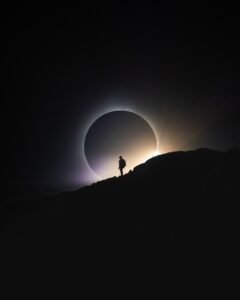
In this article, we delve into the journey of Medhi, exploring his evolution from a young creative mind in Morocco to a seasoned photographer and VFX artist making strides in Canada’s diverse landscapes. From early inspirations drawn from visual arts and travels to the professional challenges and creative triumphs encountered along the way, Medhi shares insights garnered through years of dedication to his craft.
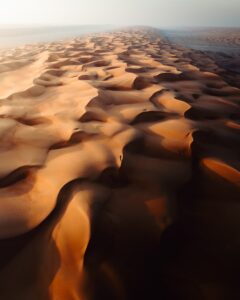
In this article featuring Witold Ziomek, we explore five essential principles for crafting powerful sunset dune photography through editing. Through a practical example, Witold shares his process of editing his award-winning photograph, alongside valuable insights he has gained as a dedicated traveler and photographer.

This article chronicles Mitchell Leong’s journey, who found solace and purpose through his lens. From the rugged expanses of the Canadian Rockies to the ethereal allure of starlit nights, each photograph tells a story of resilience, exploration, and the profound impact of the natural world. Through his lens, he seeks to bridge the gap between science and art, using photography as a tool for conservation and storytelling. Along the way, he shares invaluable lessons learned, from embracing fear to trusting in the power of storytelling.
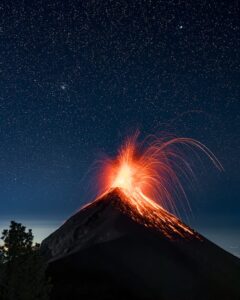
This article follows Phil’s path as a photographer, sparked by his unwavering love for exploration and ignited during post-university travels. Through his lens, we traverse Phil’s transformative journey across captivating landscapes, from the rugged beauty of the Canadian Rockies to the fiery spectacle of Volcán de Fuego in Central America, where he captured the winning shot.
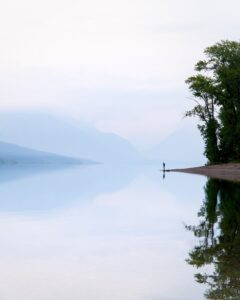
In this article, we delve into the journey of photographer Amirali, whose passion for photography was ignited amidst the challenges of academic life and the chaos of the pandemic. Through his lens, we witness Amirali’s transformative exploration of landscapes, from the serene landscapes of Finland to the mystic scenes of Montana’s nature, where he took a shot that won the Best of the Week.
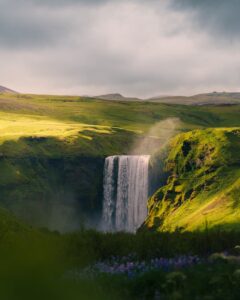
Inspired by a newfound love, Michael transforms the blank pages of his life into a vibrant canvas of nature and exploration. In this article, you can read about the profound lessons learned—from prioritizing living over routine to the art of editing and the magic of impromptu adventures—and witness the evolution of a photographer’s passion amid the breathtaking landscapes of Denmark and Europe.
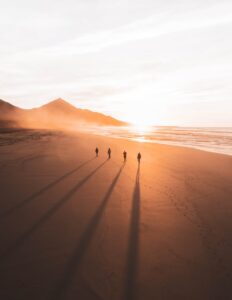
In 2017, Mathieu Morel’s first trip to Iceland marked a turning point in his photography journey. His photograph taken at Cofete Beach in Fuerteventura reflects the lessons he’s learned along the way. Thanks to the support of our community’s votes, he emerged as the winner of our weekly contest.
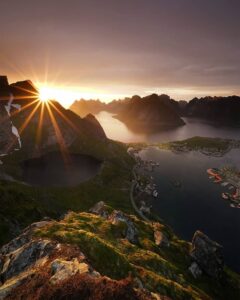
Barbara Thoeny won our weekly contest thanks to a golden hour photo in the beautiful Lofoten Islands. This article teaches us about her winning shot, passion for capturing the northern lights, and most valuable experiences as a solo traveller and photographer.
© 2020 Nomadict. All rights reserved.
